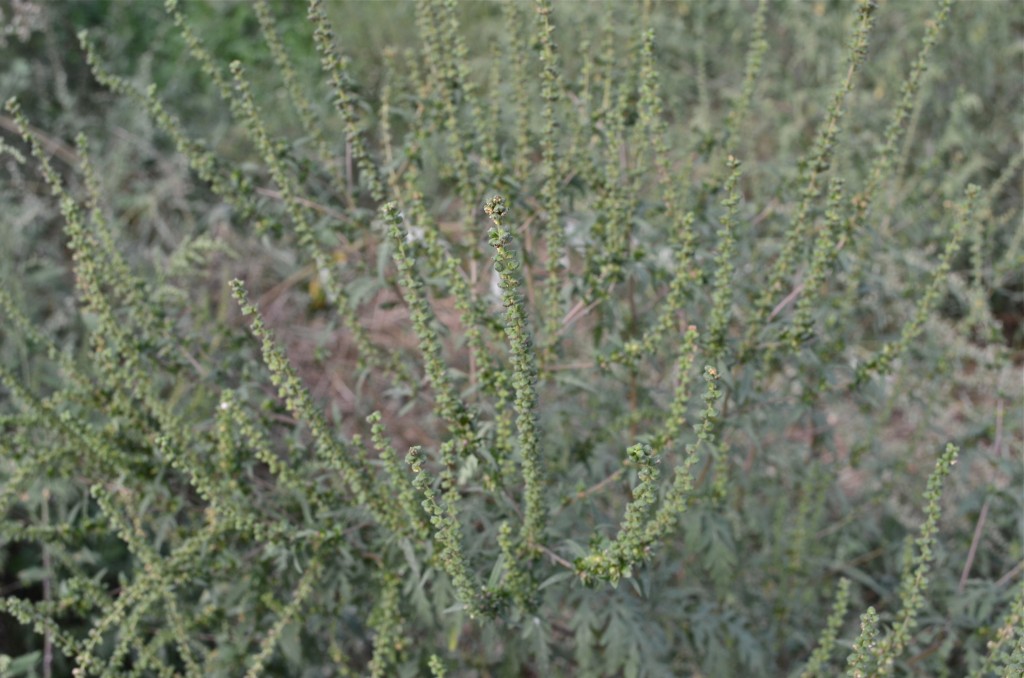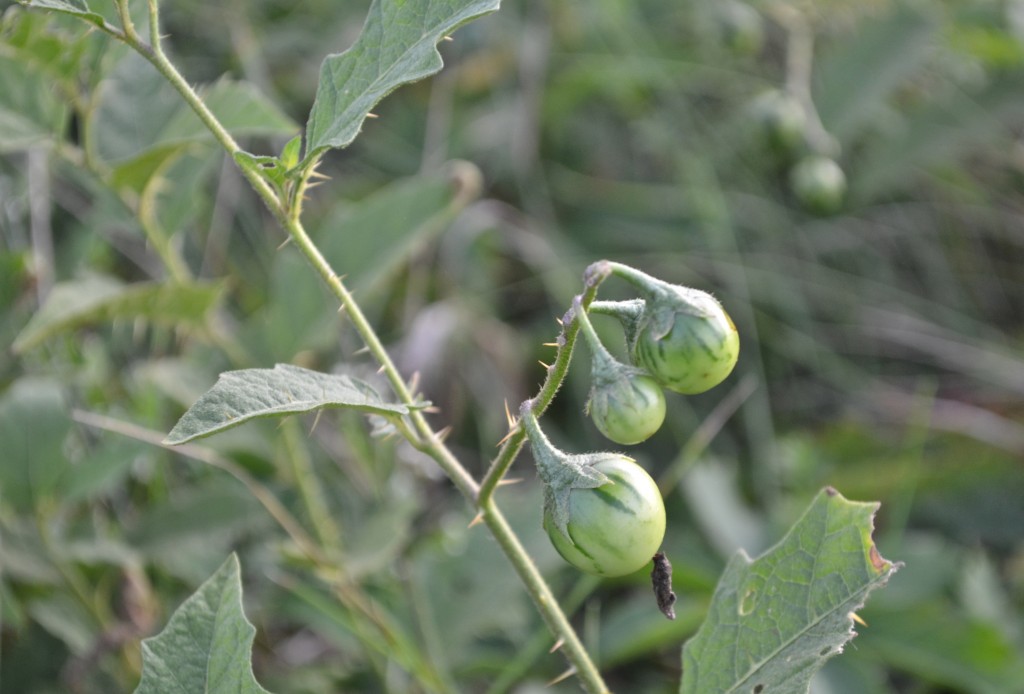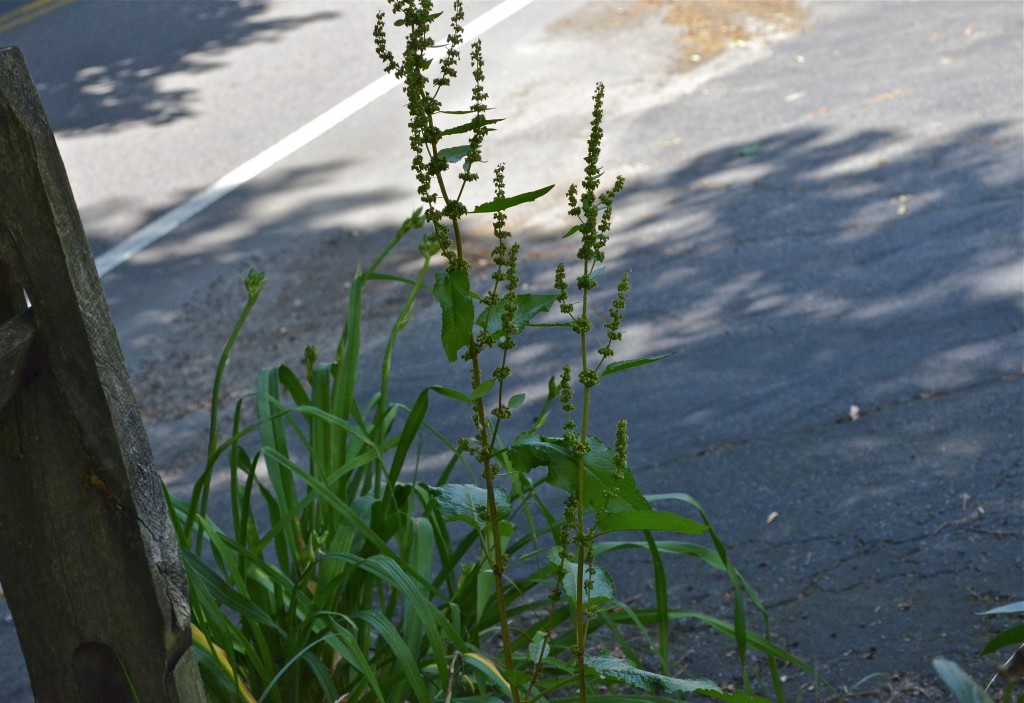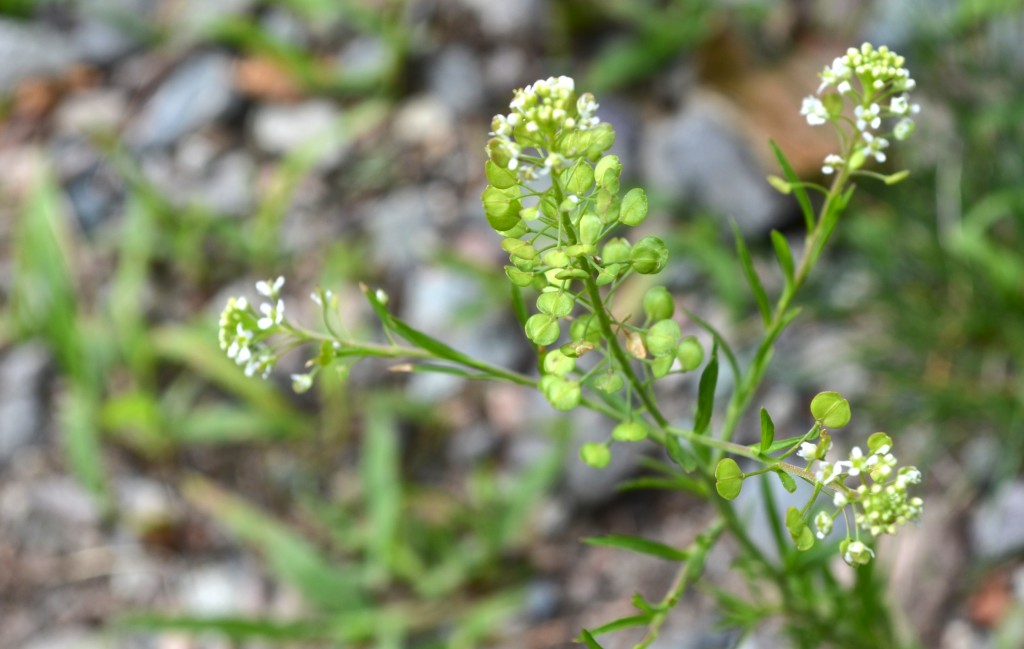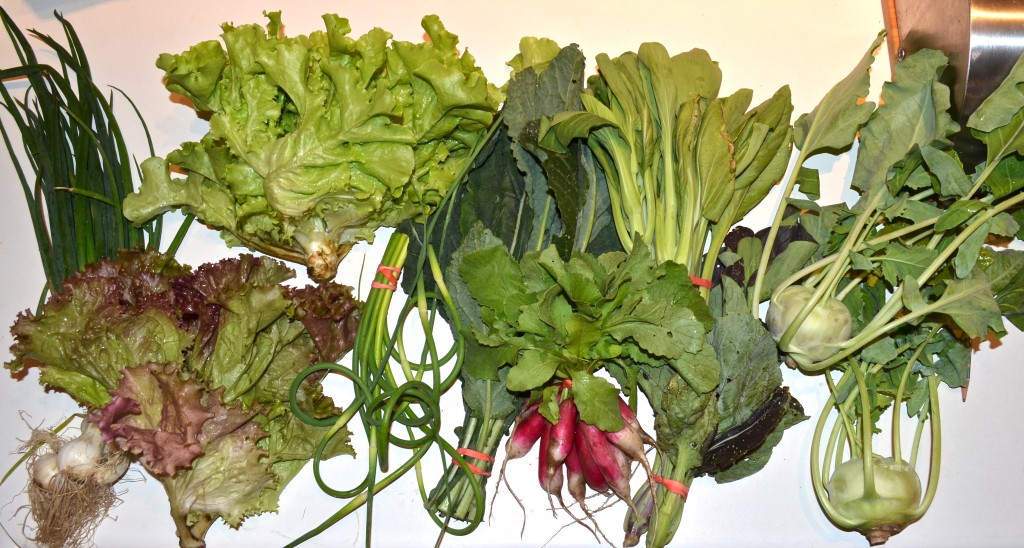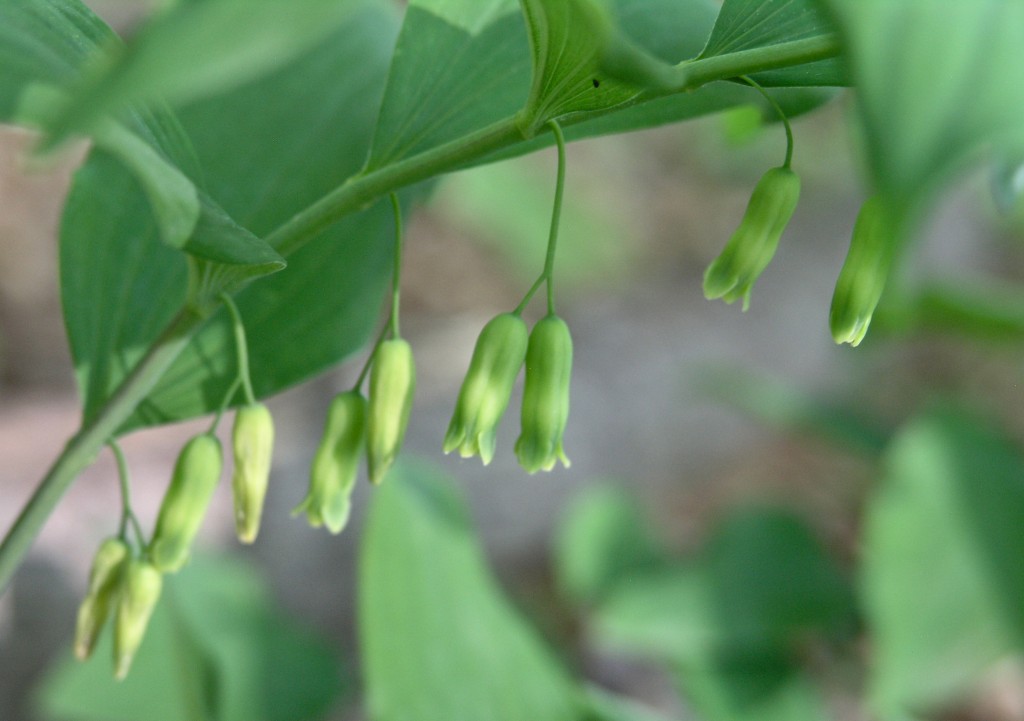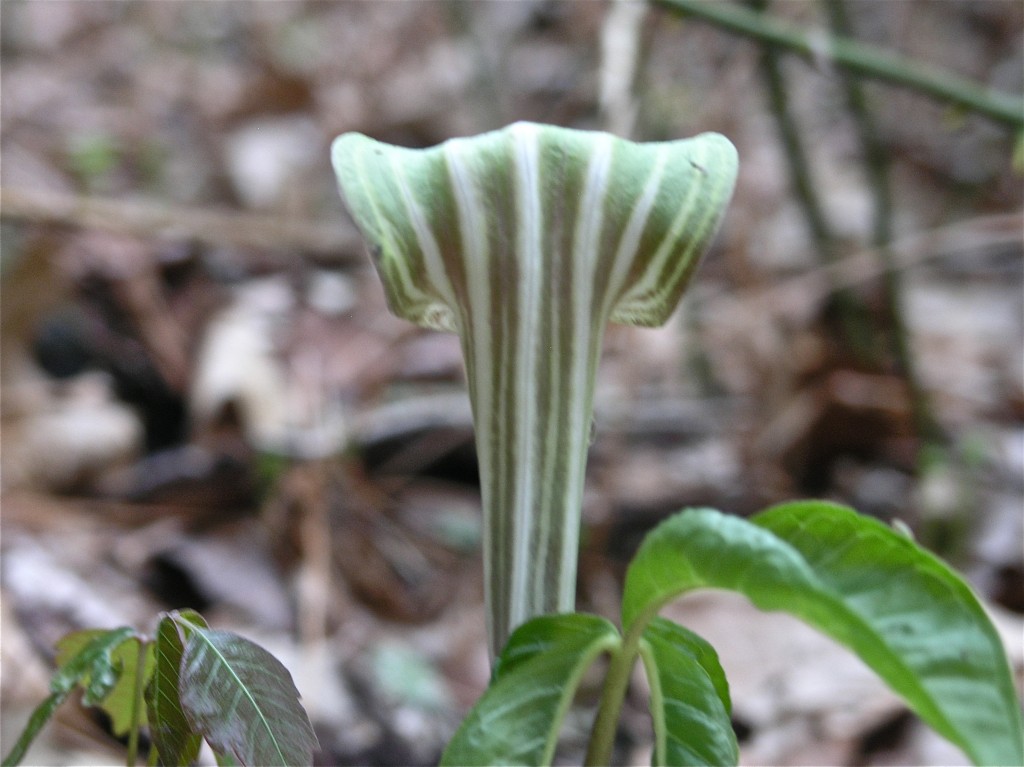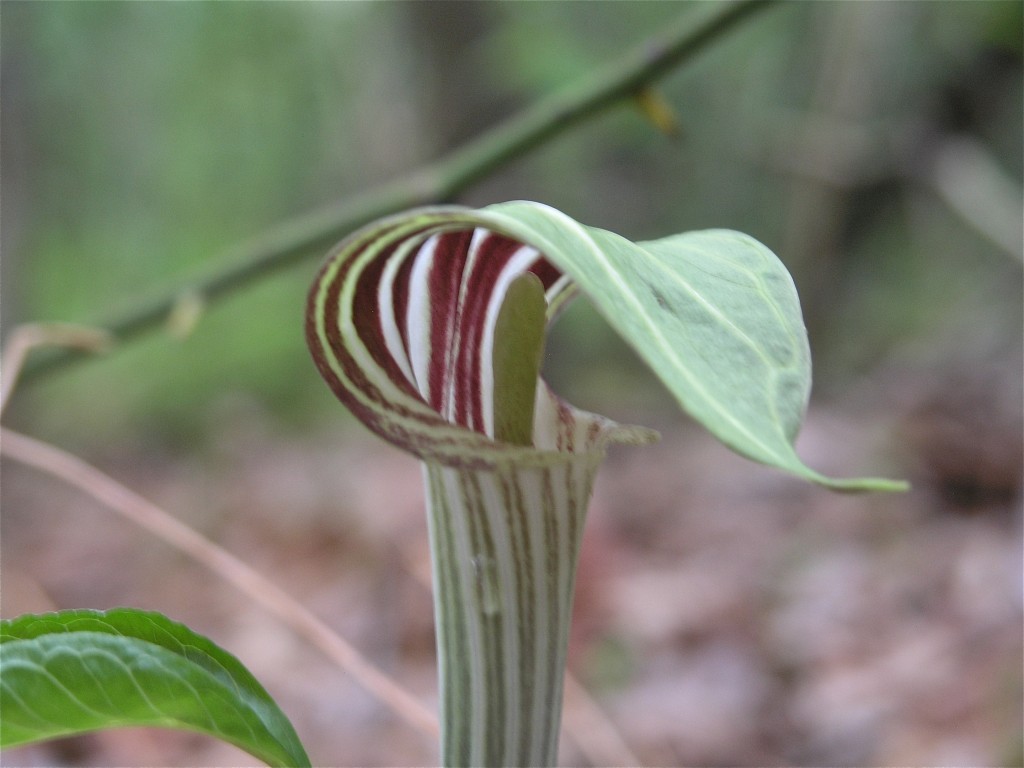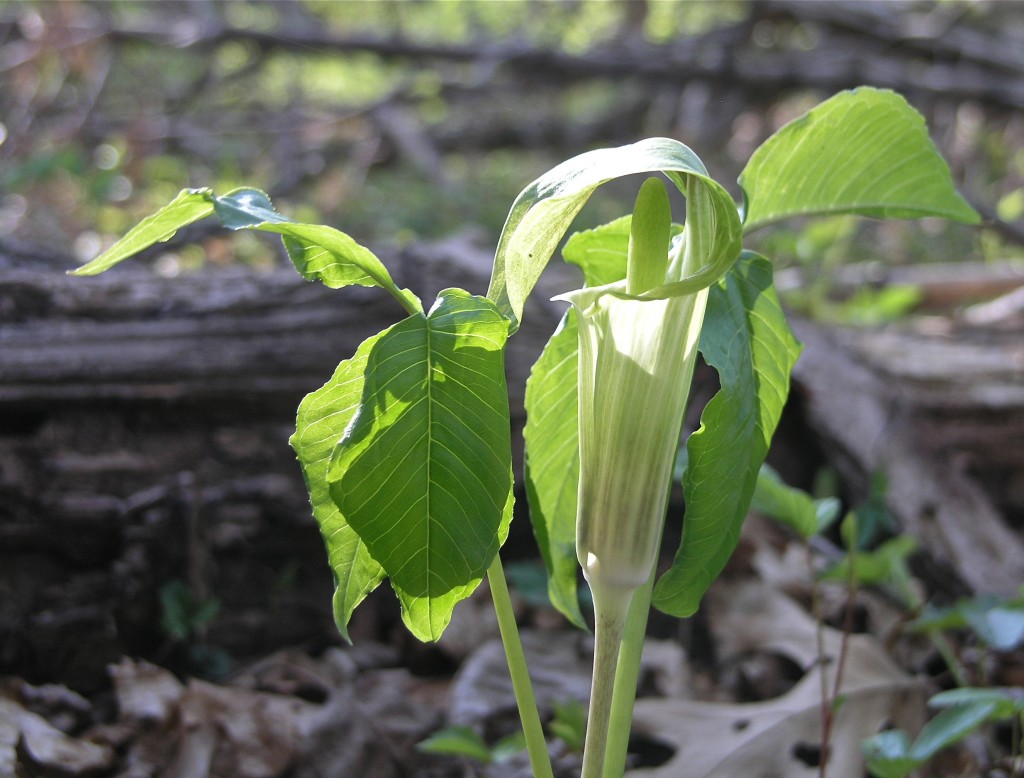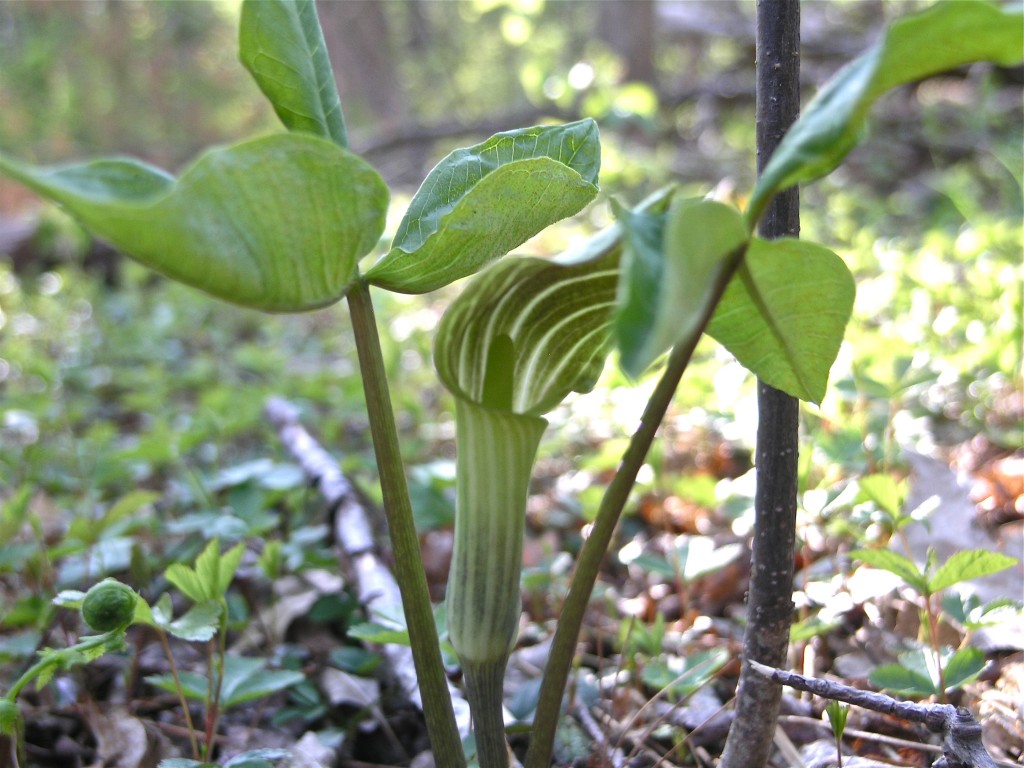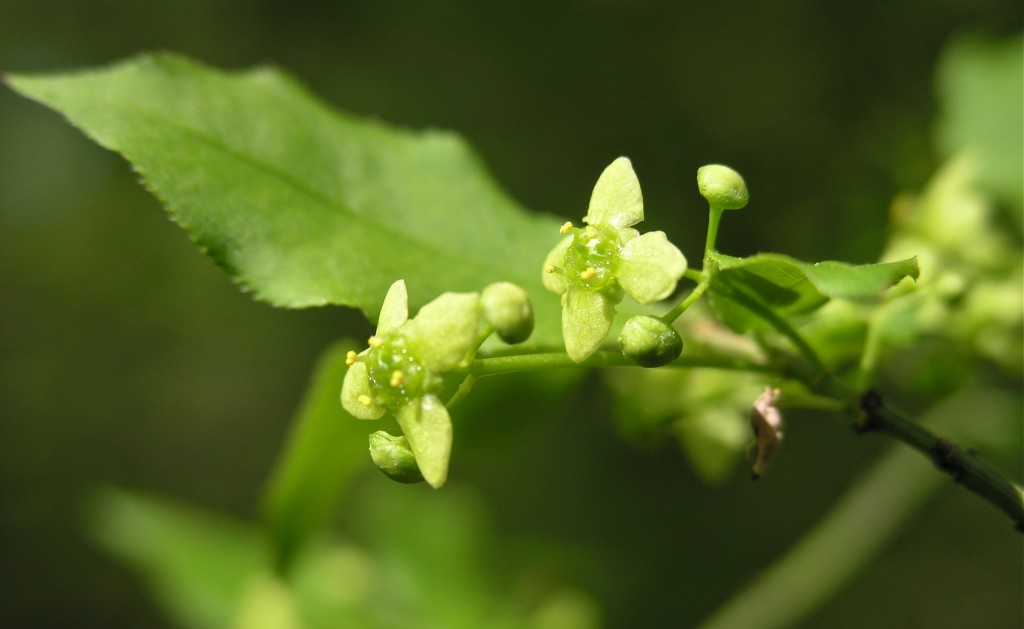This is the plant that you hear about because it’s a major cause of hay fever. I never knew what it looked like, and now that I know, I see it is growing like a house afire all over the meadows at Centennial. Up to 6 feet tall. Aster family. Native.
Common Ragweed, Bitterweed, Roman Wormwood, Stammerwort (Ambrosia artemisiifolia)

